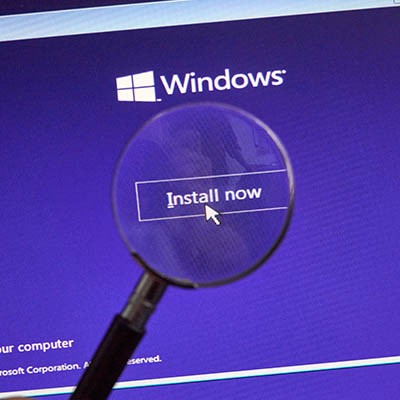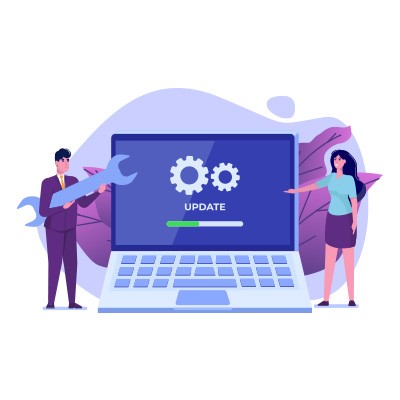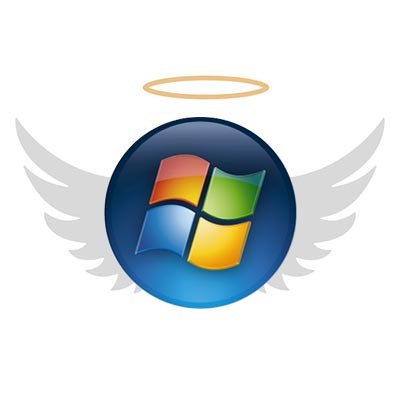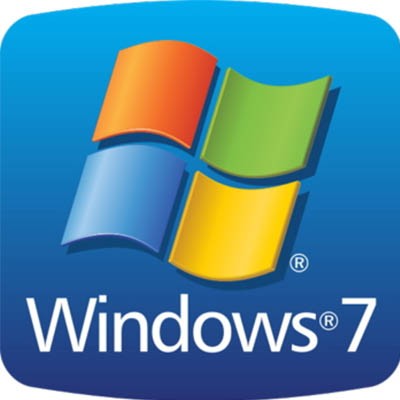In just over a week, Microsoft is retiring two of its most popular operating systems - although this shouldn’t be news at this point. Microsoft has consistently been reminding Windows 7 users that they need to upgrade before January 14, running a major campaign to do so, but there are still a quarter of all desktop users that haven’t done so.
EZ MSP Blog
By the time you read this, Microsoft is shortly going to retire both Windows 7 and Windows Server 2008 operating systems - assuming that you are reading this before January 14. If you still are utilizing these software in your business at this point, you need to upgrade, or else deal with the security consequences of dealing with unsupported software. Here, we’ll review your options.
The End of Support for a Windows operating system sends ripples across all industries, as it signals an end of an era. Is your organization one of the many that still cling to Windows 7? If so, you need to take measures now to prepare for its End of Support date. If you fail to do so, you’ll be putting your organization at unnecessary risk.
Windows is the most popular operating system in the world, and as such, developers are always hard at work on the next new version of the OS. However, organizations are often stuck in a tricky situation whenever end of support occurs for any popular operating system. When your reliable technology solutions finally stop receiving updates and patches, what do you do? Well, users of Windows 7 and Windows Server 2008 R2 will have to answer this question next January.
If your computer is running Windows 7 as its operating system, it’s time to start thinking about the future. Microsoft has officially unveiled the End-of-Life date for Windows 7, meaning that they will eventually stop supporting computers running the much-loved operating system. What does this mean for your business? Let’s find out.






